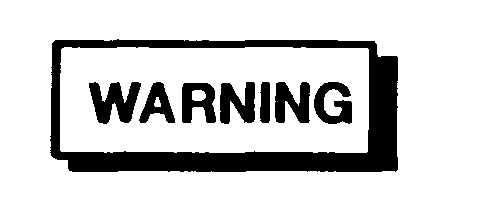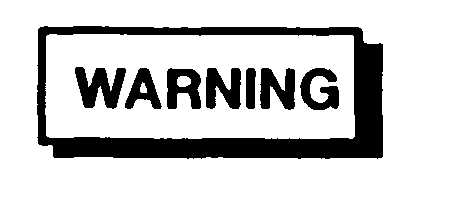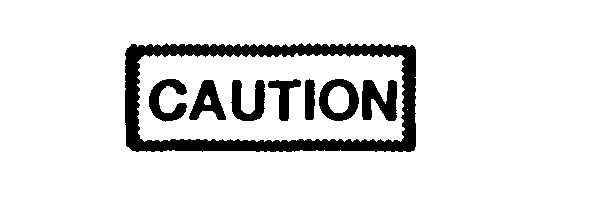TM 1-1500-204-23-1
CHAPTER 13
AIRCRAFT CLEANING
13-1. General.
Proper and frequent cleaning is the
most important part of a corrosion control program. Fre-
quency of cleaning and related treatment will depend on
type of aircraft and local conditions. All aircraft shall be
washed and cleaned every 30 days, unless aircraft are
stationed within two miles of salt water. Extended or low
level operations over salt water require daily fresh water
rising. External corrosion prone areas will require more
frequent cleaning.
Do not use synthetic wiping cloths with highly
flammable solvents having a flash point of
100°F (37.8°C) or less, such as aliphatic
naphtha TT-N-95. Static electricity may build
up and cause ignition.
Do not use aircraft cleaning compounds
MIL-C-43616 or MIL-C-25769 at strength
other than specified because this will damage
aircraft finish and components. Do not allow
cleaning solutions to dry on aircraft surface.
NOTE
Use only authorized cleaning materials and
equipment.
13-2. Cleaning Practices and Procedures.
The fol-
lowing paragraphs explain preparation for cleaning,
cleaning methods, cleaning of corrosion prone areas,
and post-cleaning.
a. Preparation for Cleaning.
Prepare aircraft for
cleaning by accomplishing the following procedures:
Make sure that static vents are not fouled by
tape adhesive transfer. Cover static vents
with a properly sized disc of suitable material,
then apply masking tape. Fouled vents will
give wrong readings.
(1) Prior to lubricating any components or
parts, remove all foreign matter from joints, fittings, and
bearing surfaces. Cleaning cloth CCC-C-46 shall be
used for this purpose. Clean up all spilled or excess oil
or grease. Some solvents can damage rubber, neo-
prene, and electrical insulation. They can also damage
paint and should be removed as soon as possible.
(2)
To protect against cleaning solution entrap-
ment, inspect all lubrication points that have exposure
type lubrication fittings. Lubricate those that have not
been regularly lubricated in accordance with the applica-
ble maintenance manual.
(3)
Close all doors and emergency openings.
(4)
Make sure that all drain holes are clear by
inserting a probe such as a pipe cleaner, except where
pressurized flapper valves are located.
b. Cleaning Methods. Various cleaning methods
are explained in the following paragraphs. The method
used depends upon the availability of tap water.
(1) Waterless wipedown. Waterless wipedown
procedures will be used when water is not available for
rinsing or when cold weather prevents the use of water.
The preferred waterless wipedown method for removing
soils and corrosive salt residues is accomplished using
the following procedures.
Open all circuit breakers associated with bat-
tery
power
prior
to
application
of
MIL-C-43616 cleaning compound. This
compound is flammable.
When using cleaning compounds MIL-
C-25769, MIL-C-43616 or MIL-C-85570,
wear faceshield or goggles, rubber gloves
and coveralls. These compounds are toxic
and can cause skin irritation.
(a)
Spray the exterior surfaces of the air-
craft with water emulsion cleaning compound
MIL-C-43616.
Change 2
13-1





